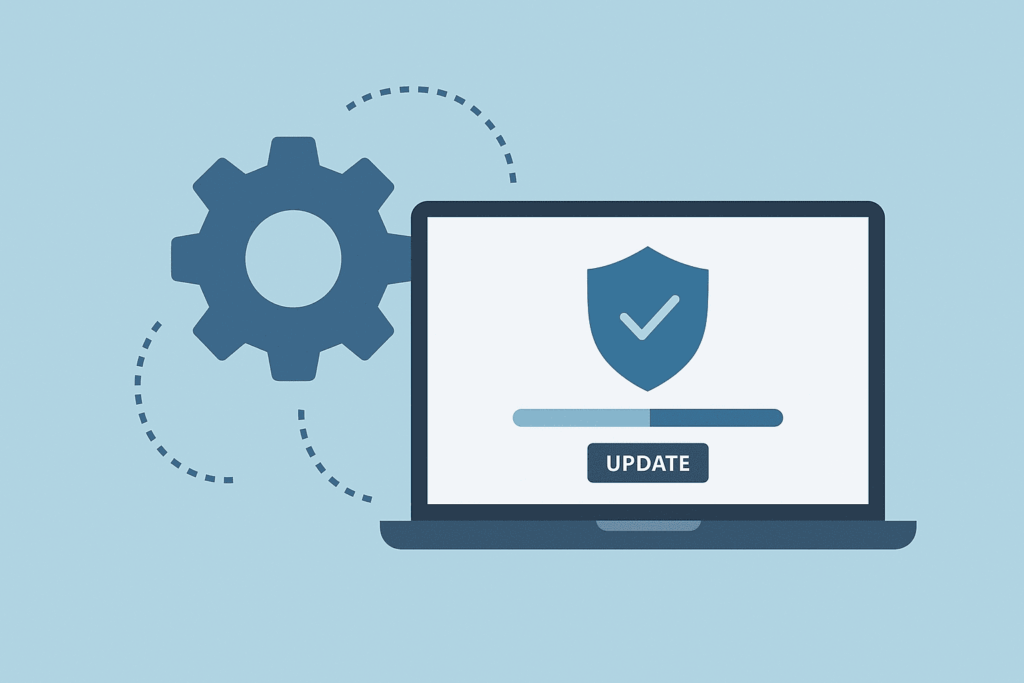In the contemporary digital environment, patch management is an essential yet frequently neglected component of cyber security. Every day, we identify software vulnerabilities, and without timely patches, businesses leave themselves vulnerable to potential attacks. Effective patch management safeguards your systems while ensuring compliance, business continuity, and consumer confidence.
What constitutes patch management?
Patch management involves the identification, testing, and deployment of software updates, known as “rectifying security vulnerabilities, bugs, and performance deficiencies in operating systems, applications, and devices.
The Importance of Patch Management
Mitigates the Exploitation of Identified Vulnerabilities
Cybercriminals systematically search for unpatched computers. Postponing updates provides an opportunity for exploitation of vulnerabilities—numerous significant breaches arise from unpatched software.
Ensures Adherence to Regulations
Security standards such as ISO 27001, NIST, and Cyber Essentials mandate regular patching as an integral component of technological controls. Non-compliance may result in penalties and harm to reputation.
Minimises Interruption and Inactivity
Addressing identified vulnerabilities mitigates the likelihood of system failures or service disruptions resulting from avoidable faults.
Safeguards Reputation and Customer
A breach associated with an unpatched system is not simply detrimental—it is also preventable. Maintaining currency exemplifies a security culture.
Optimal Strategies for Efficient Patch Management
- Compile a comprehensive inventory of all systems and software to ascertain patching requirements.
- Observe vendor advisories and threat intelligence for emerging vulnerabilities.
- Evaluate patches in a regulatory setting prior to organisation-wide implementation.
- Use patch management technologies to automate and optimise updates wherever possible.
- Use patch management technologies to automate and optimise compliance.
In conclusion, patch management is not merely an IT responsibility; it is an essential component of your cyber security strategy. By regularly updating systems, companies can preempt attacks, mitigate risk, and uphold trust with stakeholders. Disregarding patches is akin to keeping your front door ajar—ultimately, an intruder will enter.
